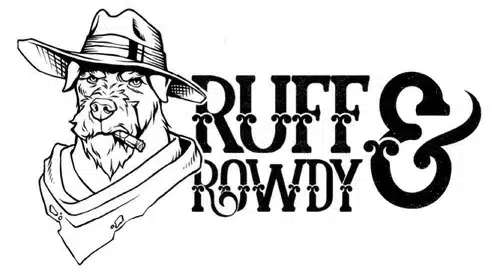Unlocking the Pawsibilities: Top 20 Reasons to Train Your Dog
Bringing a furry friend into your life can be an incredibly rewarding experience. However, owning a dog also comes with responsibilities, one of the most crucial being training. Training your dog goes beyond teaching them basic commands; it forms a foundation for a harmonious relationship between you and your four-legged companion. From fostering good behavior to ensuring their safety and well-being, here are the top 20 reasons why training your dog is an invaluable investment:
- Behavioral Development: Training instills discipline, helping your dog understand what is expected of them in various situations.
- Bond Strengthening: It fosters a strong bond between you and your dog, enhancing communication and mutual understanding.
- Safety Measures: Trained dogs are less likely to exhibit risky behaviors, reducing the chances of accidents or getting into dangerous situations.
- Socialization Skills: Proper training helps your dog become more comfortable and well-behaved around other animals and people.
- Prevents Behavioral Issues: Early and consistent training can prevent behavioral problems such as aggression, excessive barking, or destructive chewing.
- Improved Communication: Teaching commands and cues allows you to communicate effectively with your dog, making everyday interactions smoother.
- Enhanced Mental Stimulation: Training engages your dog’s mind, preventing boredom and promoting mental stimulation, which is vital for their overall well-being.
- Exercise Facilitation: Training often involves physical activities, serving as an excellent way to exercise your dog’s body and mind.
- Control and Management: Training equips you with the tools to manage your dog in various situations, whether it’s walking on a leash or staying calm in public spaces.
- Building Confidence: Successfully learning commands and tasks builds your dog’s confidence and self-assurance.
- Crisis Management: In emergency situations, a well-trained dog is more likely to respond to commands, potentially preventing accidents or injuries.
- Responsible Pet Ownership: Training is a fundamental aspect of responsible pet ownership, ensuring your dog can coexist harmoniously within your household and community.
- Adaptability: A trained dog is more adaptable to changes in their environment or routine, making transitions smoother for both of you.
- Respect for Boundaries: Training helps establish boundaries, teaching your dog what areas are off-limits or which behaviors are unacceptable.
- Easier Vet Visits: A trained dog is more cooperative during vet visits, making examinations and treatments less stressful for both the dog and the veterinarian.
- Household Harmony: Good behavior learned through training contributes to a peaceful and enjoyable atmosphere at home.
- Compliance with Laws and Regulations: Training can ensure that your dog obeys laws and regulations regarding leashing, noise ordinances, and more.
- Assistance and Service Potential: Training lays the groundwork for dogs to assist people with disabilities or to become service animals, providing invaluable help to those in need.
- Lifesaving Skills: Training can teach your dog crucial lifesaving skills, such as responding to commands in hazardous situations.
- Long-Term Fulfillment: The efforts invested in training your dog result in a lifelong, mutually fulfilling relationship filled with joy, companionship, and shared experiences.
In conclusion, training your dog is an investment that yields numerous benefits, not just for your dog but for you as well. It sets the stage for a fulfilling companionship built on understanding, trust, and mutual respect. Remember, patience, consistency, and positive reinforcement are key elements in successful dog training. Whether you’re teaching simple commands or complex tasks, the rewards of a well-trained dog are boundless, enhancing the quality of life for both you and your furry friend.
There are so many more reasons to train your dog than just 20, at Ruff & Rowdy we believe it is important to start building your relationship between your dog as soon as possible. Ask us how we can help improve you and your dogs bond with either private lessons or our virtual training program!
Unlocking the Pawsibilities: Top 20 Reasons to Train Your Dog Read More »







